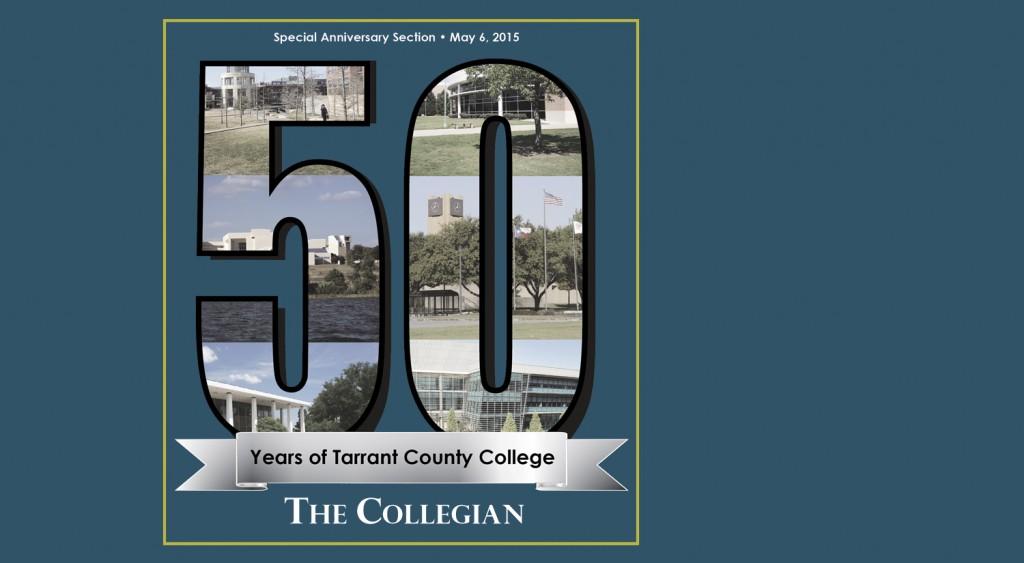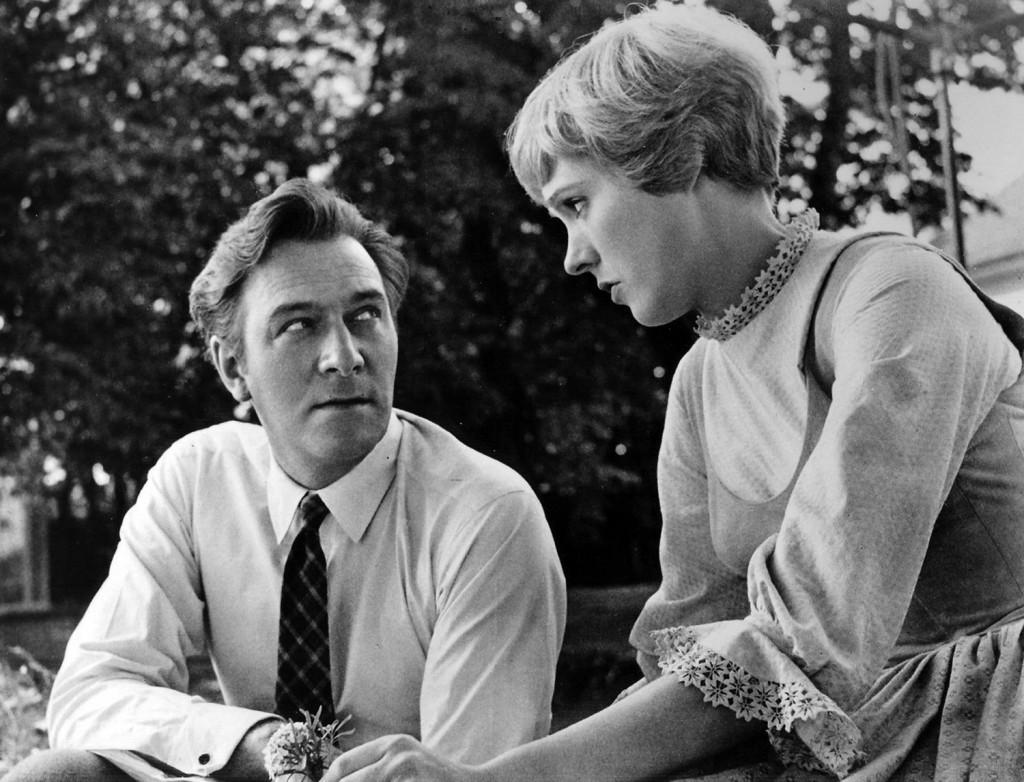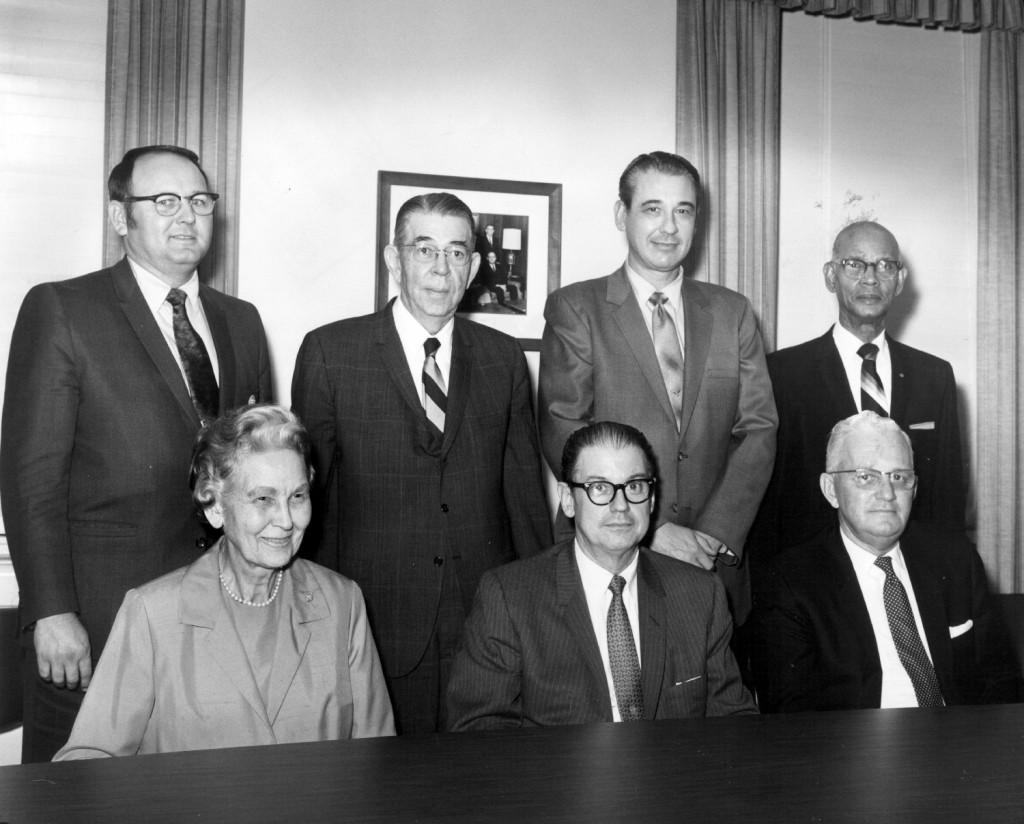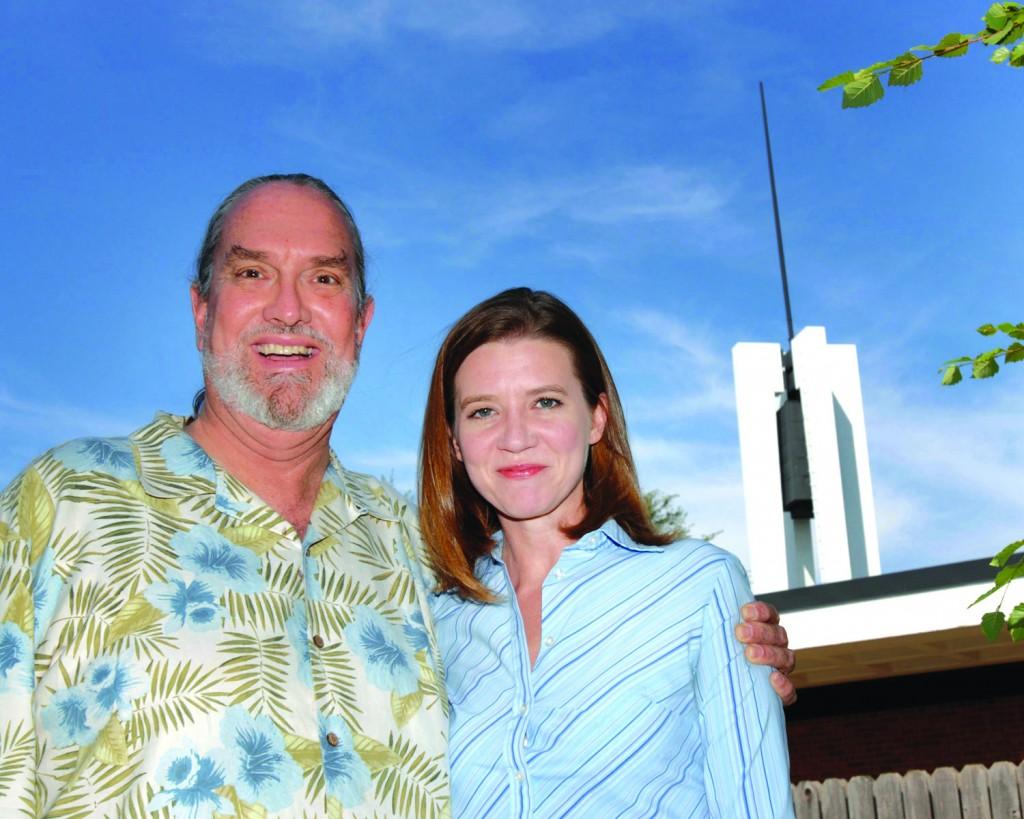By Matt Koper/ne news editor
A man who has been with the college since its formation and was instrumental in forming the district has his name inscribed in bold letters across the library on NE Campus — Dr. James Ardis Bell.
Bell was born and reared in Fort Worth and served in World War II before working for over 40 years as a doctor. He was also president of the North Richland Hills Rotary Club, which he said helped push forward the idea for the college.
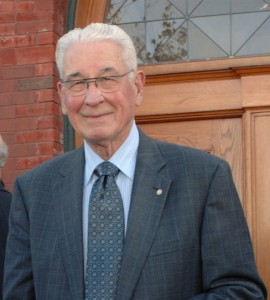
“Dr. Newell Odell, he was superintendent of the schools in H.E.B. I was sitting there in my office, and he comments, ‘You know what this area needs is a junior college,’” Bell said.
The idea of a junior college appealed to club members who “went all over the county” to groups such as the chamber of commerce or city council to rally support.
Bell said he received a phone call from a prominent attorney in Fort Worth, who ended up becoming another key player in forming the college.
“I got a call from Mr. Jenkins Garrett in downtown Fort Worth, and he had a group of men that were interested in a junior college also,” he said. “So, we met one day at a local restaurant, and that’s when I found out Mr. Jenkins Garrett’s group was active.”
After rallying support for the college and teaming up with Garrett, Bell said the steering committee that formed was ready to call for an election on July 31, 1965.
“The election was countywide,” he said. “We thought if we made it a countywide election, more people would be involved.”
In the election of 1965, voters approved the issuing of bonds to pay for the college’s first two campuses, South and NE. Voters also elected seven members to serve on the first board of trustees, one of whom was Bell.
Bell said when he set out to start the college, he never envisioned programs like aviation and the police academy or how many students the district would serve.
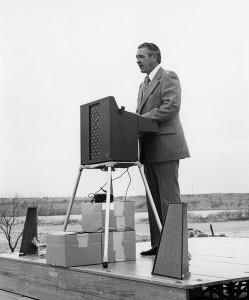
“When we first opened the South Campus, it was around 4,000, which at that time was the largest junior college in the state,” he said. TCC now has 50,000.
Bell said TCC provides students a real chance to go to college.
“At one time, 25 percent of the students were the first time anybody in the family had gone to college,” he said. “It’s been a really big success.
























